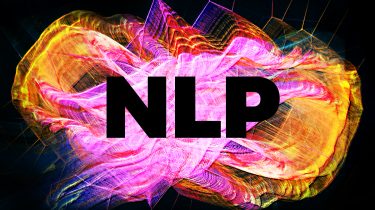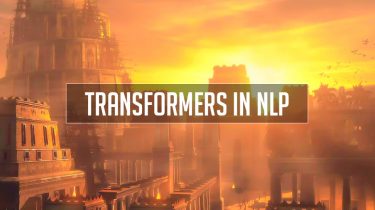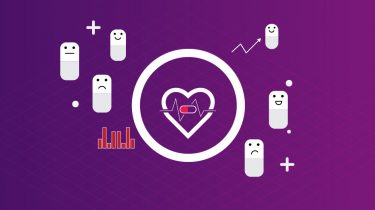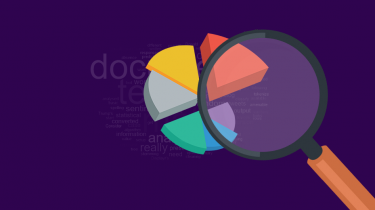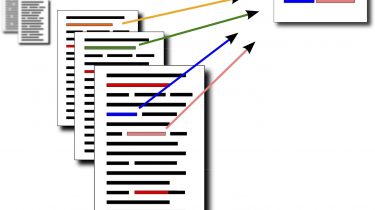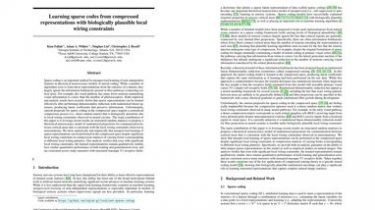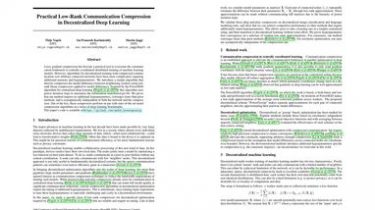Introduction to Flair for NLP: A Simple yet Powerful State-of-the-Art NLP Library
Introduction Last couple of years have been incredible for Natural Language Processing (NLP) as a domain! We have seen multiple breakthroughs – ULMFiT, ELMo, Facebook’s PyText, Google’s BERT, among many others. These have rapidly accelerated the state-of-the-art research in NLP (and language modeling, in particular). We can now predict the next sentence, given a sequence of preceding words. What’s even more important is that machines are now beginning to understand the key element that had eluded them for long. Context! Understanding context […]
Read more